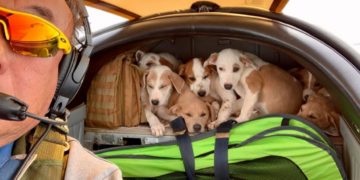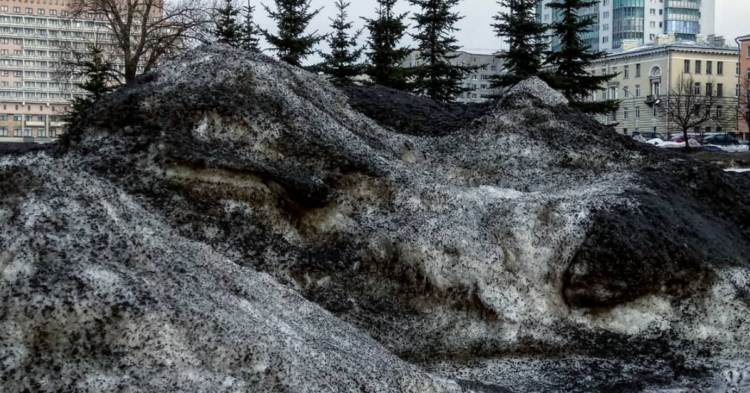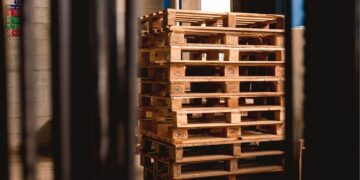Nothing says “pristine wilderness” like a dusting of fresh, white snow. And Siberia, renowned for its rugged landscape and harsh winters, really should be home to an almost perpetual Christmas-y scenery, don’t you think? I mean, is there anywhere else in the world you would more expect to be the saying “pure as the driven snow” brought to life?
Maybe parts of Siberia are even like that! But in one region, the snow is much less pure and Christmas, and disturbingly black and apocalyptic.
The region of Kemerovo is home to three towns — Prokopyevsk, Kiselyovsk, and Leninsk-Kuznetsky — that have recently made headlines around the globe after being blanketed with black snow.

Residents have been posting images of the otherworldly scene on social media, and it’s clear that this isn’t a matter of a little dirt getting mixed into the snow, as always happens in the winter after it stays on the ground for a while.
The towns have one thing in common that’s being blamed for the sooty black snowfall: Coal.

Kemerovo depends on coal for its livelihood — it’s one of the largest coal-producing areas in the world, responsible for almost 60% of Russia’s coal production, and it remains a major fuel source in the area as well.
With coal being mined, processed, stockpiled, and burned in the region, dust is constantly in the air.
The snowfall has simply brought it back down to ground level. “It’s harder to find white snow than black snow during the winter,” Vladimir Slivyak, a member of environmental group Ecodefense, told The Guardian . “There is a lot of coal dust in the air all the time. When snow falls, it just becomes visible. You can’t see it the rest of the year, but it’s there.”
One factory director said a shield protecting the air from coal dust stopped working, leading to the black snow.
However, according to The Siberian Times , the region’s deputy governor suggested there were other things to blame, like coal boilers and car exhaust.
Locals pointed to a lack of regulations on heavy industry or environmental standards in the area.
“No cleansing systems, all the waste, dust, and dirt, coal lay in the area,” one said. “Our children and us are breathing it. It’s just a nightmare.”
“The government bans smoking in public,” said another. “But let us inhale coal dust all together and let it reside in our lungs.”
The Kemerovo region has suffered for its coal industry.

Environmental activists say that the health effects have been disastrous, with the region’s 2.6 million people facing a life expectancy three to four years lower than the national average.
According to The Guardian , cancer, child cerebral palsy, and tuberculosis rates in the region “are all above the national average.”
After this latest blast of black snow turned the area into a blackened wasteland, Slivyak suggested that a foreign boycott of Russia’s coal might be for the best.

“The best way to put pressure on them is to stop buying coal until they improve the situation,” he told The Guardian .
However, so far the local efforts to reduce the coal pollution have been cosmetic.
Literally. In the nearby town of Mysky, officials actually painted black snow white so a children’s snow slide wouldn’t scare off the kids.
h/t The Guardian
















































